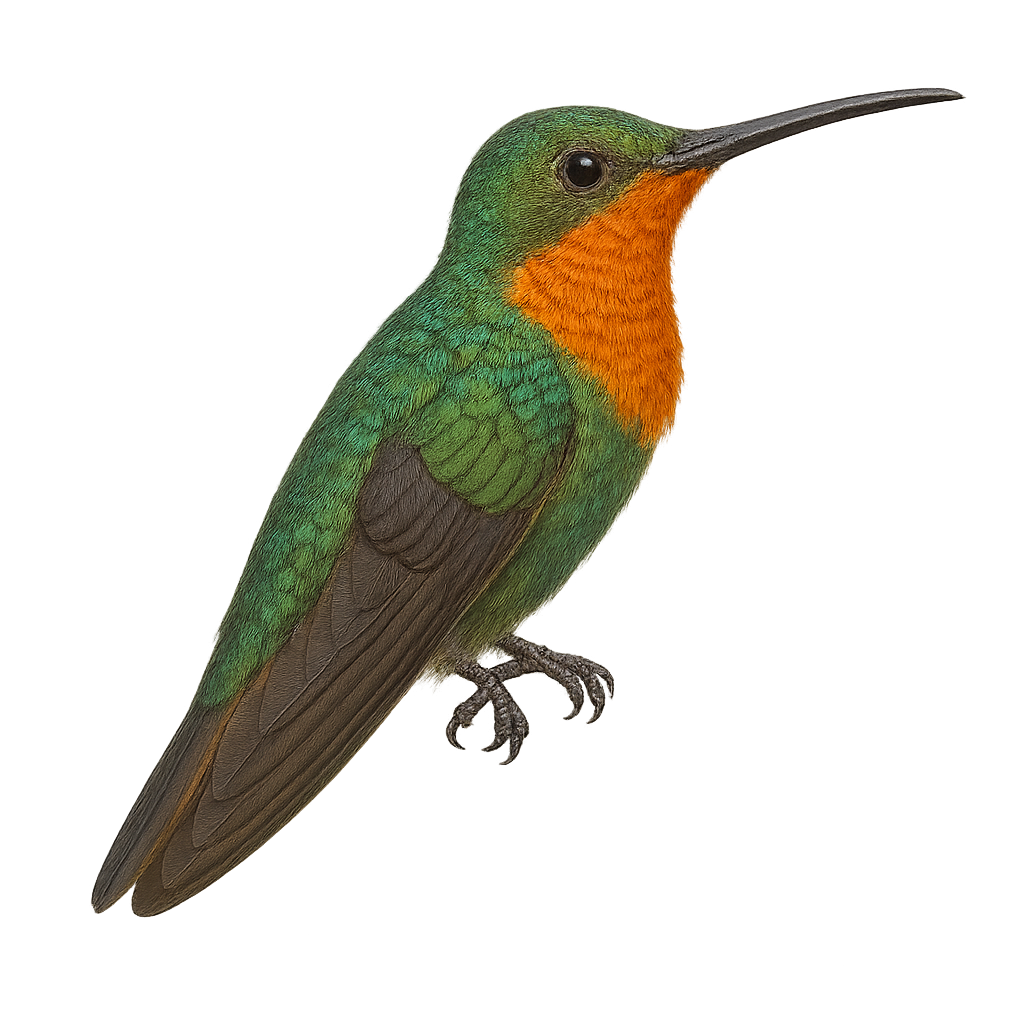Your wildlife photography guide.
Explore the hispaniolan mango in detail, study its behavior, prepare your shots.
Where to observe and photograph the hispaniolan mango in the wild
Learn where and when to spot the hispaniolan mango in the wild, how to identify the species based on distinctive features, and what natural environments it inhabits. The WildlifePhotographer app offers tailored photography tips that reflect the hispaniolan mango’s behavior, helping you capture better wildlife images. Explore the full species profile for key information including description, habitat, active periods, and approach techniques.
Hispaniolan Mango
Scientific name: Anthracothorax dominicus

IUCN Status: Least Concern
Family: TROCHILIDAE
Group: Birds
Sensitivity to human approach: Suspicious
Minimum approach distance: 5 m
Courtship display: March to April
Incubation: 16-18 jours
Hatchings: March to May
Habitat:
tropical forests, gardens, wooded areas
Activity period :
Primarily active during the day, with peak activity in the morning and late afternoon.
Identification and description:
The Hispaniolan Mango, or Anthracothorax dominicus, is a captivating bird primarily found on the island of Hispaniola, shared by Haiti and the Dominican Republic. This hummingbird is recognizable by its vibrant plumage, featuring metallic green and blue hues. Males often display an iridescent throat, while females are slightly duller. They primarily feed on nectar but also consume small insects to supplement their diet. These birds are often seen in gardens, tropical forests, and wooded areas, where they play a crucial role in plant pollination. Their fast and agile flight is a spectacle to behold, especially when they defend their territory against other hummingbirds.
Recommended lens:
400 mm – adjust based on distance, desired framing (portrait or habitat), and approach conditions.
Photography tips:
To photograph the Hispaniolan Mango, it is advisable to use a 400mm lens or longer to capture the details of its vibrant plumage without disturbing it. These birds are often active during the day, so plan your photo sessions accordingly. Look for them in gardens and tropical forests, where they feed on nectar. Be patient and discreet, as they can be suspicious. Use a tripod to stabilize your camera and achieve sharp images, especially when shooting in natural light.
The WildlifePhotographer App is coming soon!
Be the first to explore the best nature spots, track rutting seasons, log your observations, and observe more wildlife.
Already 1 432 wildlife lovers subscribed worldwide

